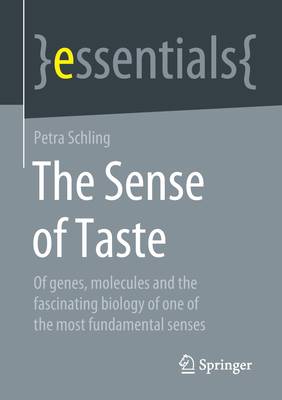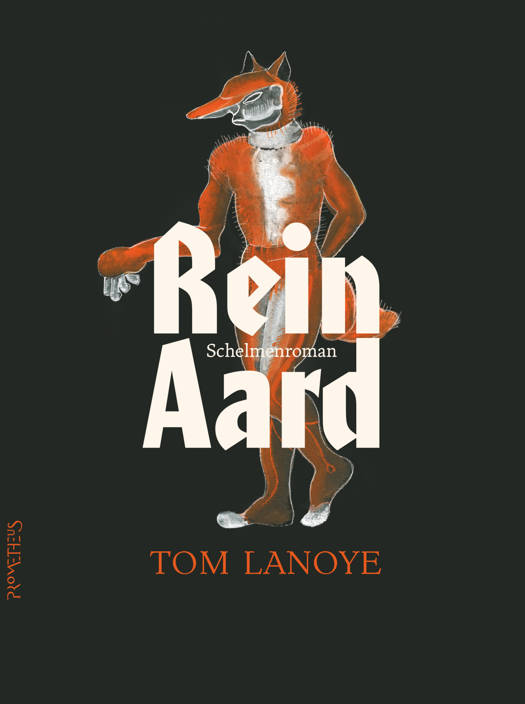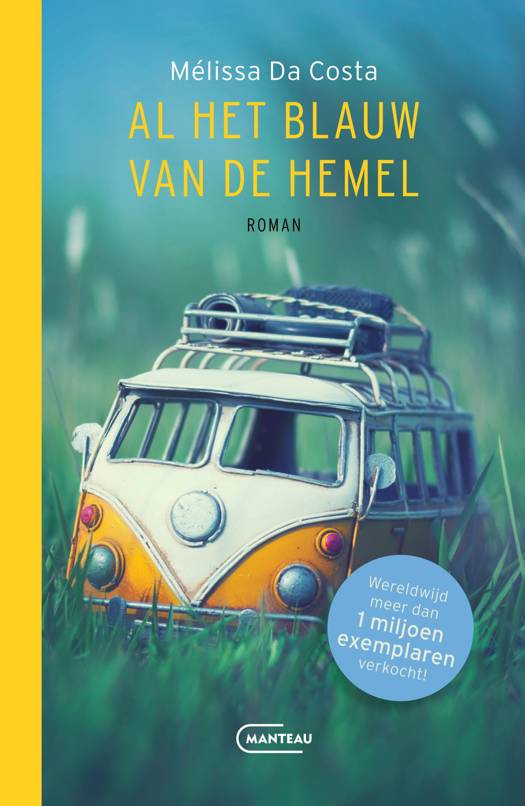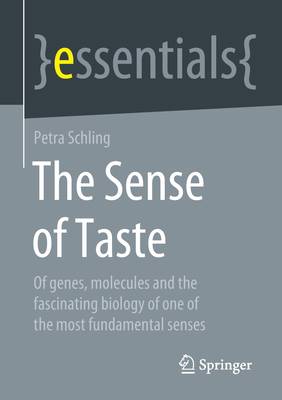
- Afhalen na 1 uur in een winkel met voorraad
- Gratis thuislevering in België vanaf € 30
- Ruim aanbod met 7 miljoen producten
- Afhalen na 1 uur in een winkel met voorraad
- Gratis thuislevering in België vanaf € 30
- Ruim aanbod met 7 miljoen producten
Zoeken
The Sense of Taste
Of Genes, Molecules and the Fascinating Biology of One of the Most Fundamental Senses
Petra Schling
€ 24,45
+ 48 punten
Omschrijving
In this essential, Petra Schling gives an overview of the current state of research on the topic of taste. She regards taste as a sensory perception that allows us to distinguish essential food components from toxins. What we eat depends not insignificantly on how we like it. But how do we actually taste - and what do we taste? As omnivores, we humans have a relatively wide range of taste receptors, not only in our mouths, which provide us with important information about our food. Outside the mouth, taste receptors serve our innate immune system to "taste" bacteria, worms and other intruders. We can and should rely on this. Our sense of taste warns us of toxins and unwanted co-inhabitants and can only be deceived to a very limited extent by sweeteners, bitter blockers or similar tricks.
This Springer essential is a translation of the original German 1st edition essentials, Der Geschmack by Petra Schling, published by Springer Fachmedien Wiesbaden GmbH, part of Springer Nature in 2021.The translation was done with the help of artificial intelligence (machine translation by the service DeepL.com). A subsequent human revision was done primarily in terms of content, so that the book will read stylistically differently from a conventional translation. Springer Nature works continuously to further the development of tools for the production of books and on the related technologies to support the authors.
This Springer essential is a translation of the original German 1st edition essentials, Der Geschmack by Petra Schling, published by Springer Fachmedien Wiesbaden GmbH, part of Springer Nature in 2021.The translation was done with the help of artificial intelligence (machine translation by the service DeepL.com). A subsequent human revision was done primarily in terms of content, so that the book will read stylistically differently from a conventional translation. Springer Nature works continuously to further the development of tools for the production of books and on the related technologies to support the authors.
Specificaties
Betrokkenen
- Auteur(s):
- Uitgeverij:
Inhoud
- Aantal bladzijden:
- 51
- Taal:
- Engels
- Reeks:
Eigenschappen
- Productcode (EAN):
- 9783658322328
- Verschijningsdatum:
- 29/08/2021
- Uitvoering:
- Paperback
- Formaat:
- Trade paperback (VS)
- Afmetingen:
- 148 mm x 210 mm
- Gewicht:
- 86 g

Alleen bij Standaard Boekhandel
+ 48 punten op je klantenkaart van Standaard Boekhandel
Beoordelingen
We publiceren alleen reviews die voldoen aan de voorwaarden voor reviews. Bekijk onze voorwaarden voor reviews.











